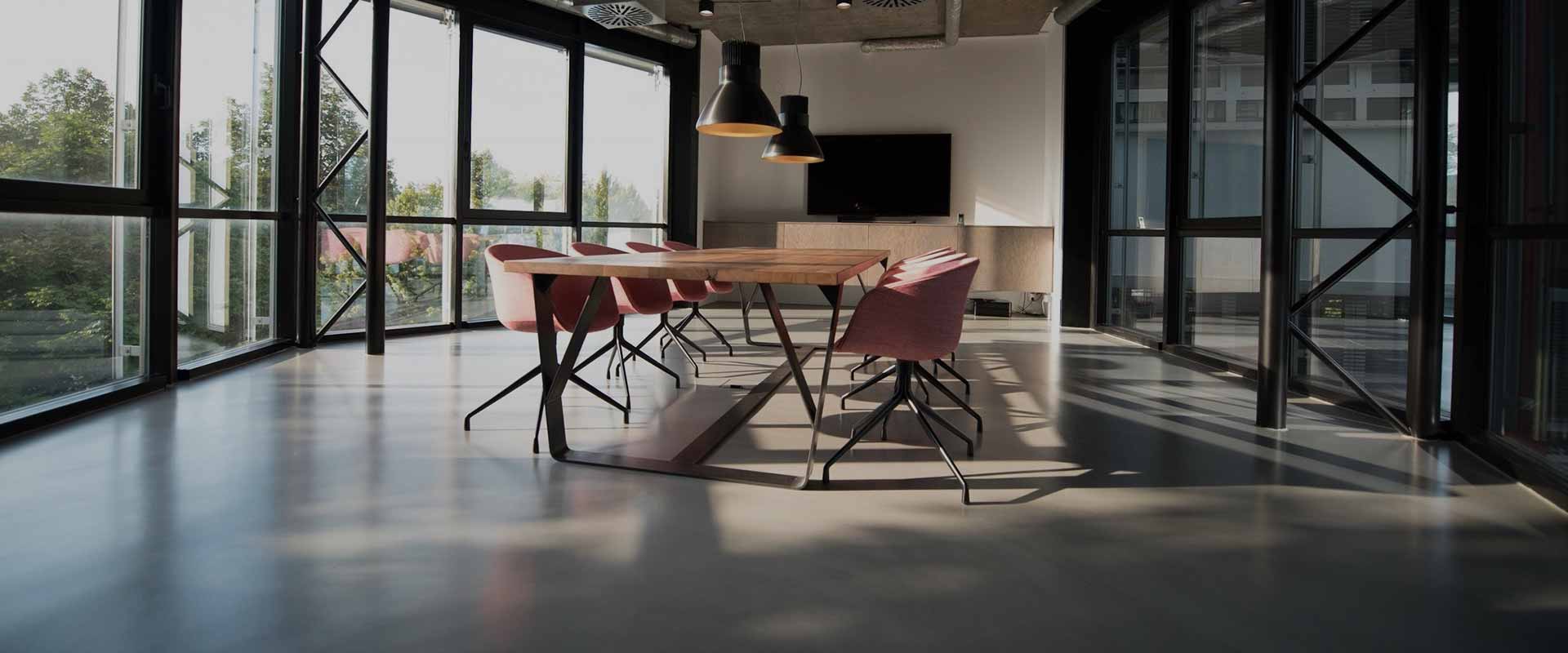Best Building Materials for Cold Climates
Choosing the right building materials for cold climates is essential to ensure durability, energy efficiency, and comfort in extreme weather conditions. The materials must withstand freezing temperatures, snow, ice, and significant temperature fluctuations without compromising the structural integrity of your home. For homeowners or builders working in regions where winters dominate, it’s vital to make informed decisions to build homes that last while minimizing energy costs.
In this article, we’ll explore some of the best building materials suited for cold climates, focusing on their properties and benefits. Whether you’re constructing a new home or renovating an existing one, selecting materials that perform well in freezing conditions will save you money and stress in the long run.
Why Building Materials Matter in Cold Climates
Cold climates bring unique challenges such as frost heaving, thermal contraction, and increased moisture levels. Choosing the appropriate building materials helps combat these issues by ensuring the home remains insulated, moisture-resistant, and energy-efficient. Using subpar materials can lead to higher heating bills, structural damage, and even health issues due to poor indoor air quality caused by mold or dampness.
Top Building Materials for Cold Climates
1. Insulated Concrete Forms (ICFs)
ICFs are a modern solution for constructing energy-efficient homes. These forms act as both a structural framework and insulation, providing excellent thermal resistance. They are durable, easy to assemble, and highly resistant to moisture and temperature extremes, making them an ideal choice for cold-weather construction.
The insulating properties of ICFs help maintain a stable indoor temperature, reducing the reliance on heating systems. Additionally, their durability minimizes the risks of cracks and damage caused by frost or thermal expansion.
2. Structural Insulated Panels (SIPs)
Structural Insulated Panels are another innovative choice for cold climates. Comprising rigid foam insulation sandwiched between two layers of structural board, SIPs are highly energy-efficient and reduce thermal bridging. They are quick to install and offer superior airtightness compared to traditional framing methods.
The reduced energy loss not only ensures a comfortable living environment but also significantly cuts down on heating costs, which is critical in colder regions.
3. Engineered Wood
For those who prefer a traditional aesthetic, engineered wood is an excellent option. Unlike natural wood, engineered wood resists warping and cracking in fluctuating temperatures. Its layered design provides enhanced strength and stability, making it a durable choice for framing or siding in cold climates.
This material also works well with other insulation methods, improving overall energy efficiency while maintaining a natural look that many homeowners love.
4. Triple-Pane Windows
Windows are often the weakest point in a home’s thermal envelope. Triple-pane windows are a must-have for cold climates as they offer superior insulation compared to double-pane or single-pane options. The extra layer of glass, combined with gas fills like argon or krypton, minimizes heat loss and reduces condensation.
Investing in quality windows not only enhances energy efficiency but also ensures the home stays comfortable, even during the harshest winters.
5. Spray Foam Insulation
When it comes to insulating homes in cold climates, spray foam is a game-changer. It provides an airtight seal, preventing drafts and reducing heat loss. Unlike traditional fiberglass insulation, spray foam expands to fill gaps and cracks, ensuring maximum coverage and efficiency.
This material is especially beneficial for sealing attics, crawlspaces, and wall cavities, where heat loss is most prevalent. Proper insulation is the foundation of energy efficiency in any cold-weather home.
6. Stone and Brick
Stone and brick are timeless building materials that excel in cold climates. Their thermal mass properties allow them to store heat during the day and release it slowly at night, providing natural temperature regulation. These materials are also highly durable and resistant to frost damage.
Using stone or brick can give your home a classic, elegant appearance while ensuring excellent performance in freezing conditions.
Why Work With Home General Contractors?
Choosing the best building materials is only part of the equation. Ensuring they are installed correctly is equally important. This is where partnering with professionals like home general contractors Ontario becomes invaluable. Their expertise in cold-climate construction ensures your home is built to last, using the most suitable materials for energy efficiency and durability.
Experienced contractors understand the unique challenges of working in Ontario’s cold weather, from proper insulation techniques to selecting materials that withstand freezing temperatures. By collaborating with experts, you can achieve a warm, comfortable, and energy-efficient home that meets your needs.
7. Metal Roofing
Metal roofing is an increasingly popular choice for homes in cold climates due to its durability and low maintenance. It effectively sheds snow and ice, reducing the risk of roof damage and leaks. Additionally, metal roofs are fire-resistant and can last up to 50 years with proper care.
To improve insulation, consider pairing a metal roof with an insulated underlayment. This combination ensures better energy retention and reduced heating costs.
8. Fiberglass Doors
Exterior doors play a crucial role in a home’s energy efficiency. Fiberglass doors are ideal for cold climates because they resist warping and cracking in freezing conditions. They often come with insulated cores, further enhancing their thermal performance.
In addition to being functional, fiberglass doors can mimic the appearance of wood, providing aesthetic flexibility without compromising durability.
Final Thoughts
Building or renovating a home in a cold climate requires careful consideration of the building materials you choose. Prioritizing energy efficiency, durability, and resistance to temperature fluctuations will not only save you money but also provide a comfortable living environment during harsh winters.
From advanced insulation systems like ICFs and SIPs to traditional materials like stone and brick, the right choices ensure your home stands the test of time. By focusing on quality materials and expert craftsmanship, you can create a home that thrives in the coldest of climates.




